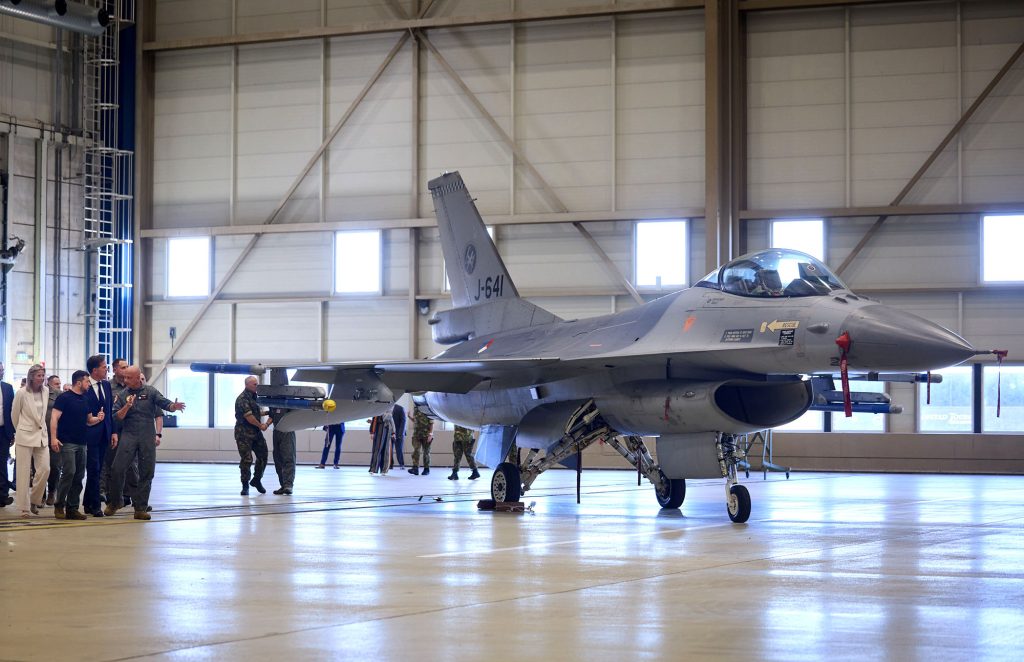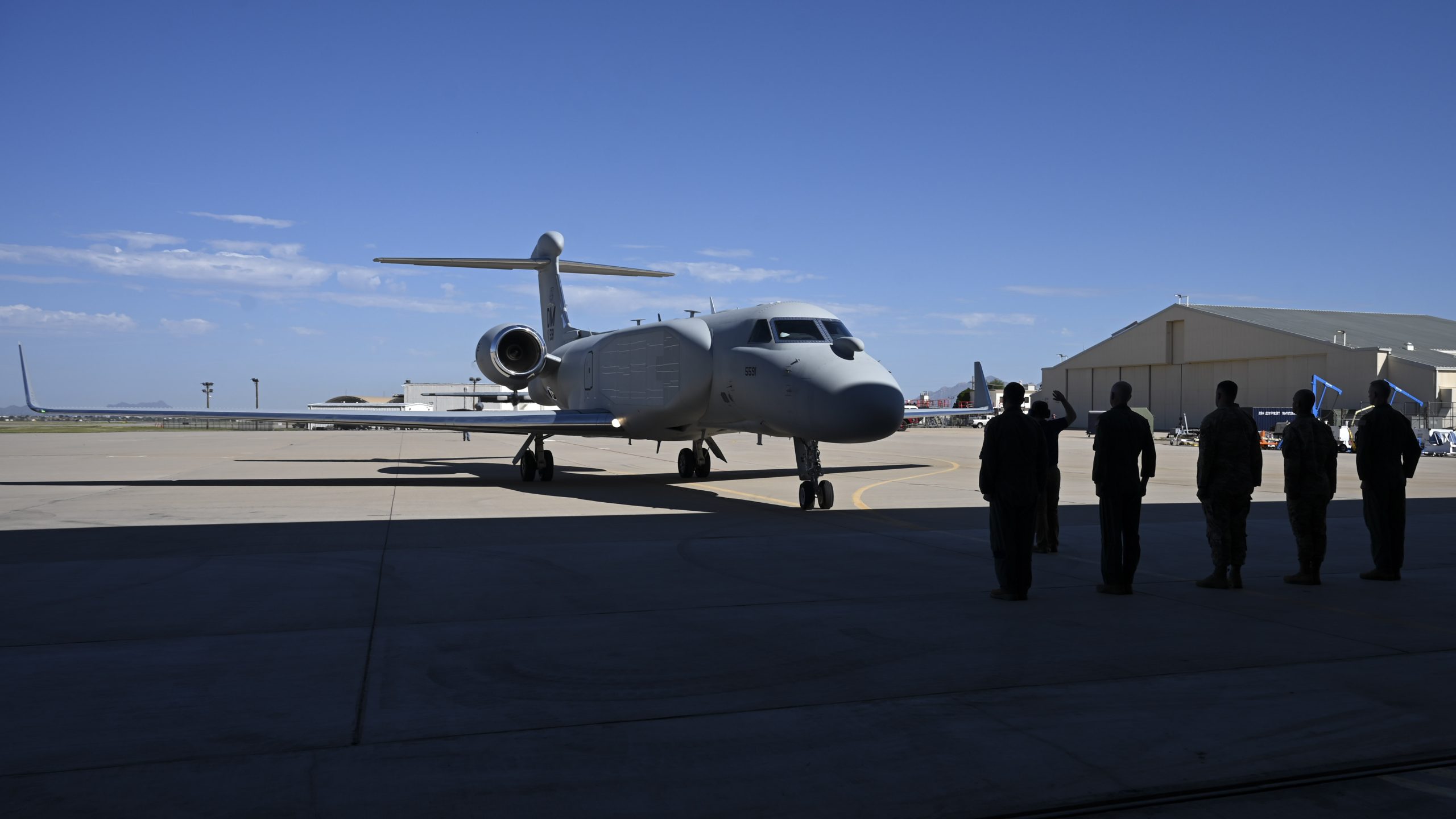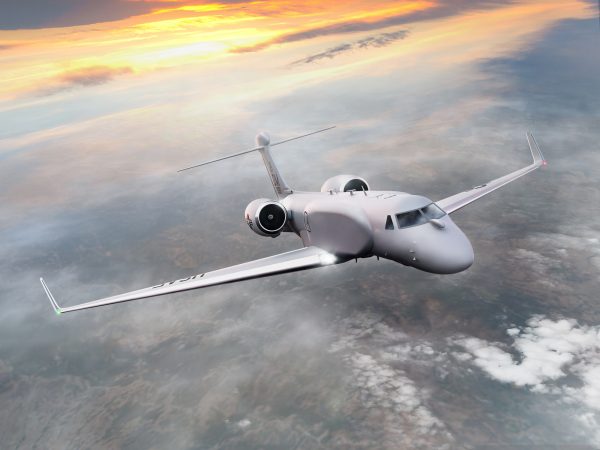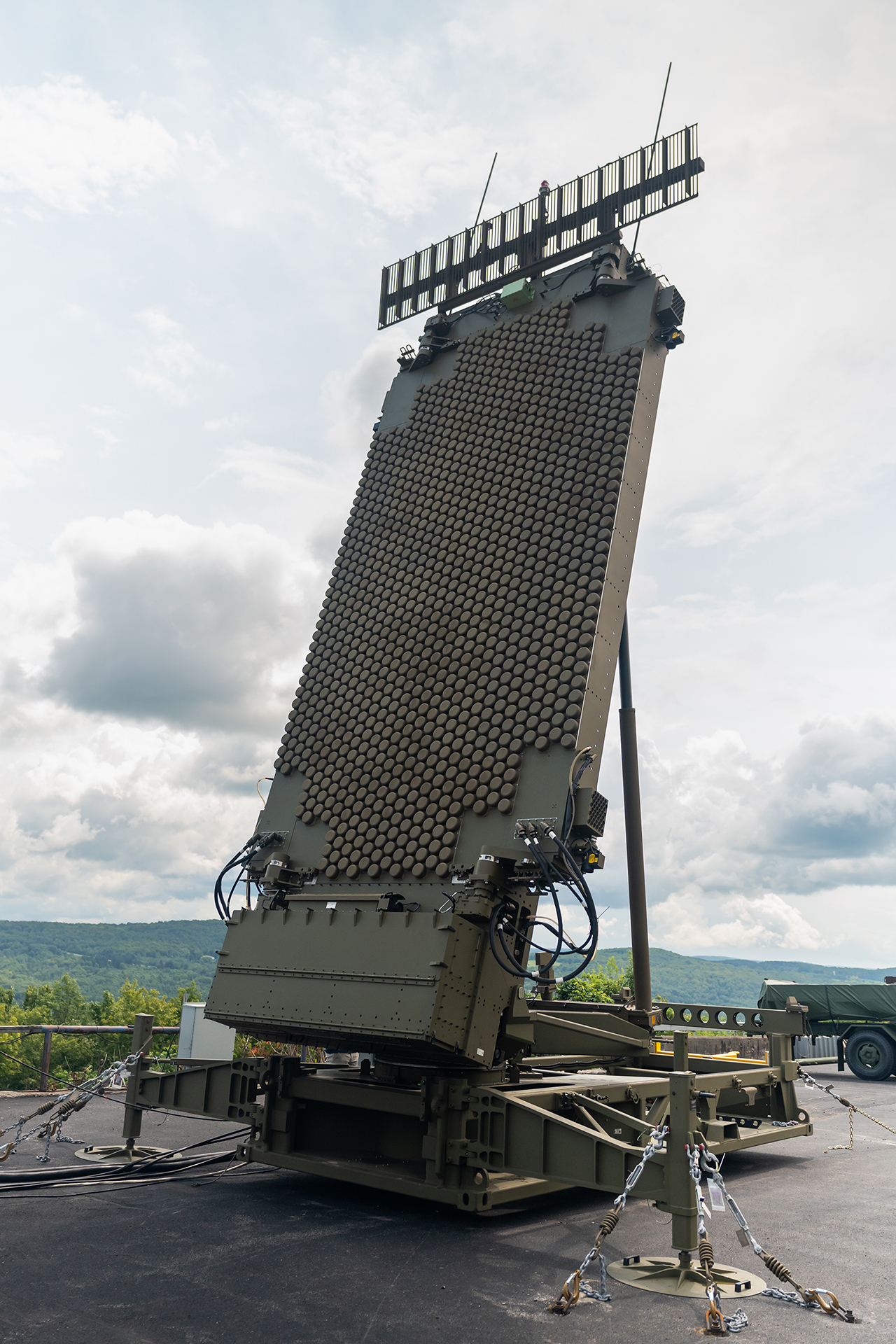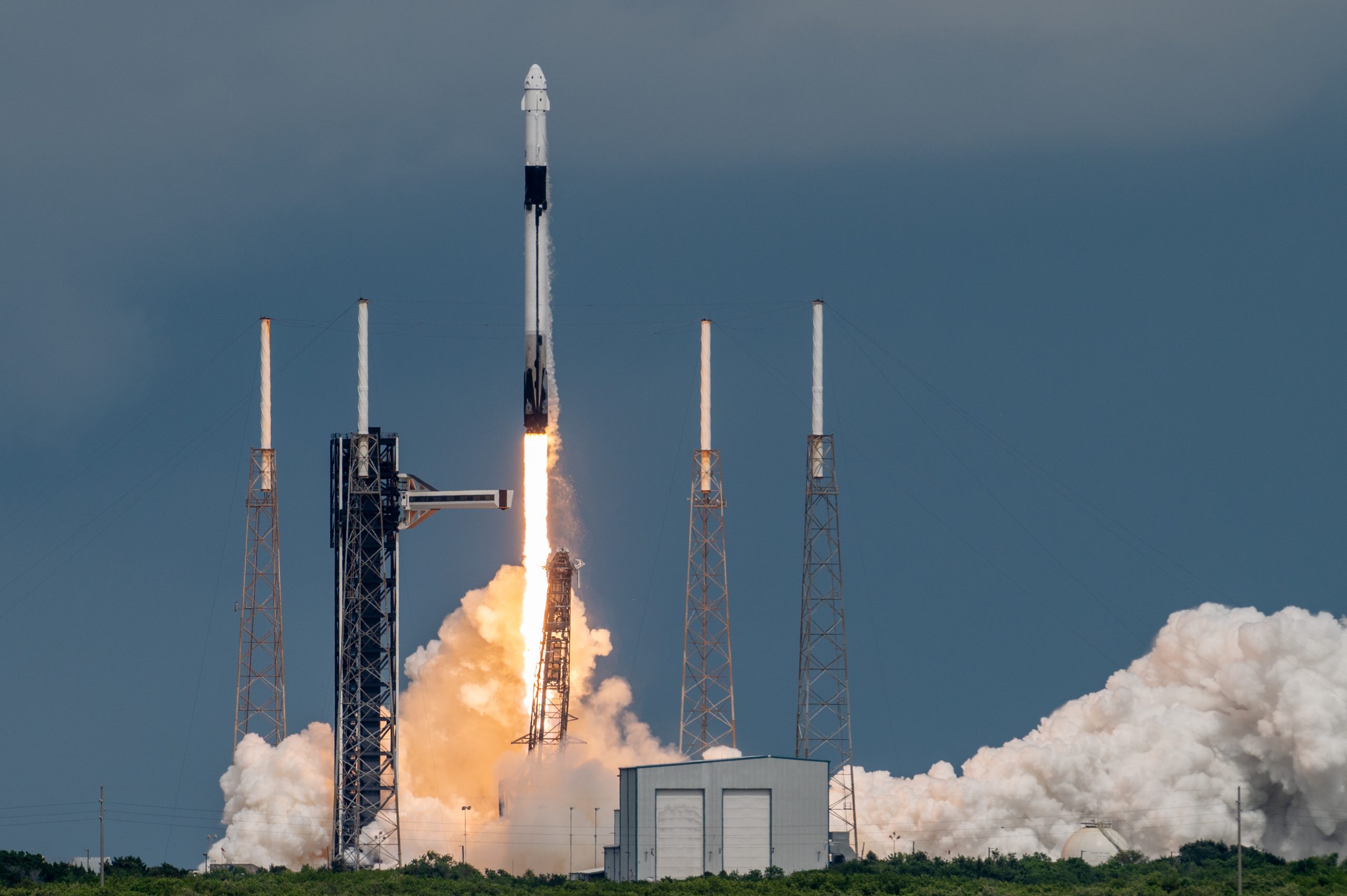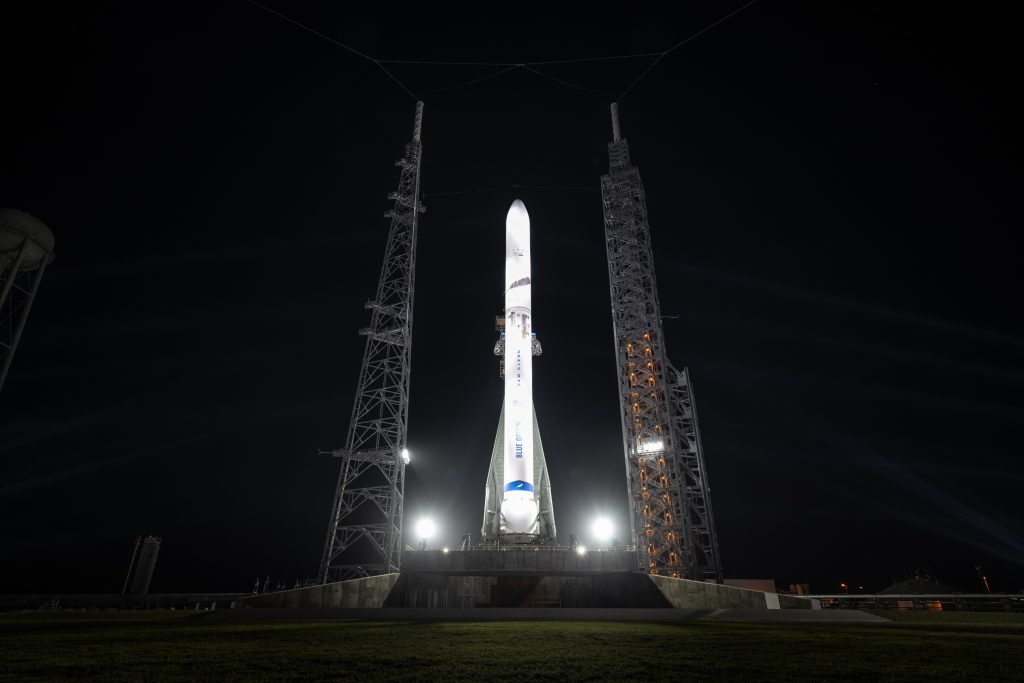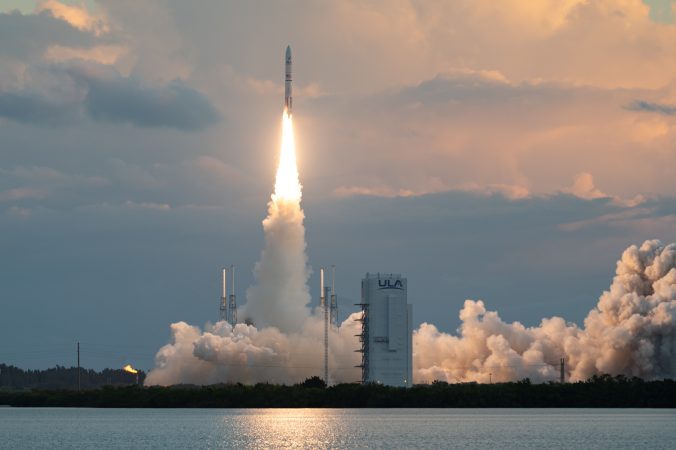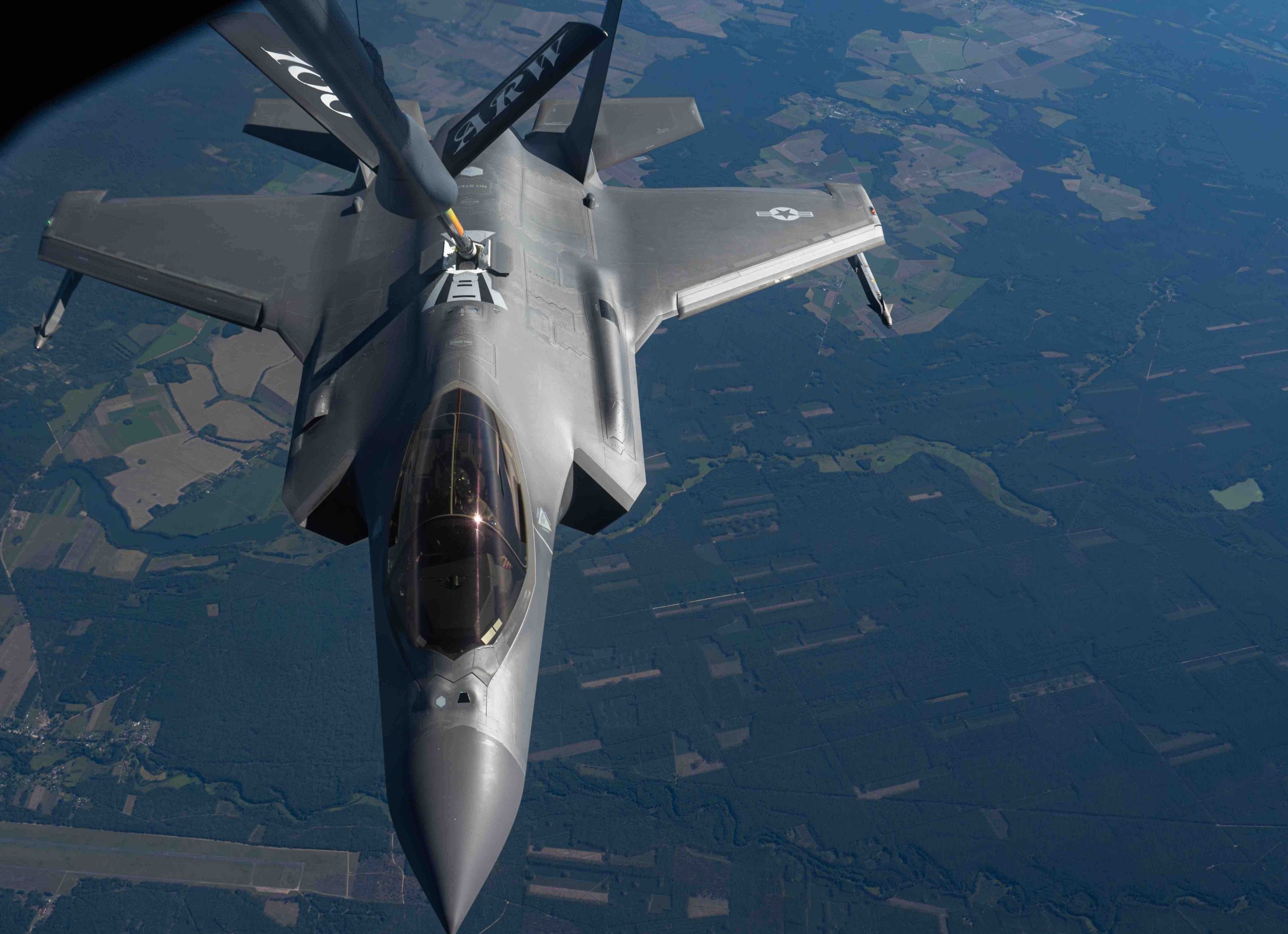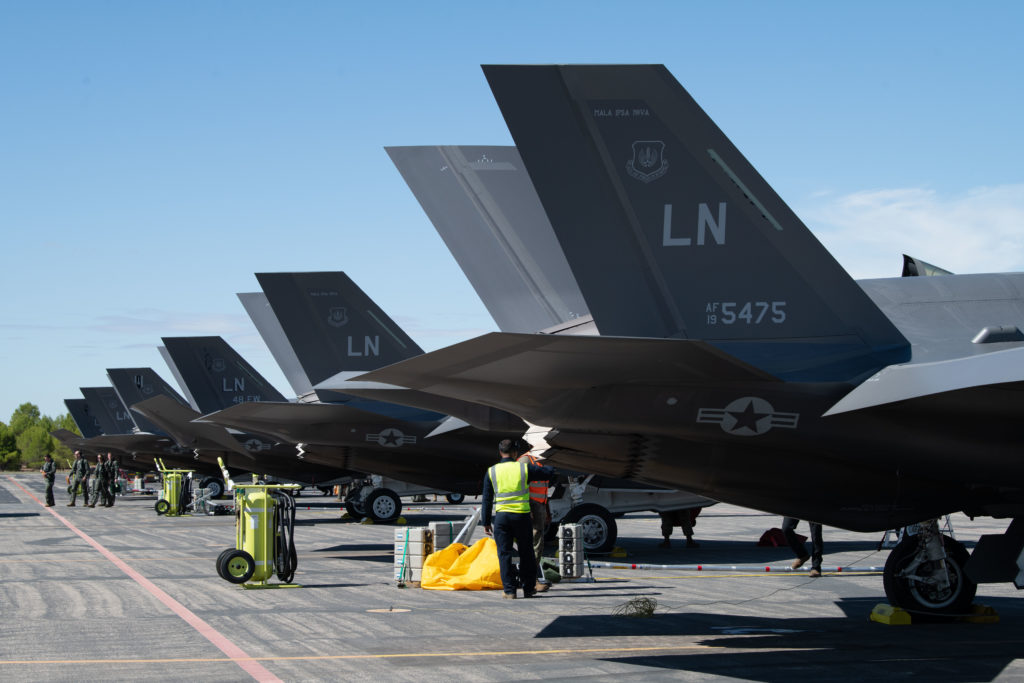The Space Force is switching up rockets for its next GPS mission—and trying to go faster than ever in preparing the satellite for launch.
Space Systems Command announced April 7 that GPS III Space Vehicle-08 will now launch from Cape Canaveral Space Force Base, Fla., on a SpaceX Falcon 9 rocket no earlier than the end of May. The satellite had previously been assigned to a rocket from United Launch Alliance.
The goal is to take the satellite bus from storage to orbit in around three months, well ahead of the 24 months it can sometimes take the military to pull a satellite from storage, integrate it with the launch vehicle, and go through readiness checks and processing.
“This mission represents an outstanding collaboration across multiple teams and agencies,” Space Force Col. Andrew Menschner, commander of Mission Delta 31, said in a statement. “It highlights our ability to rapidly deploy an additional M-Code-capable satellite and continues to push the boundaries of traditional launch timelines.”
That aggressive timeline—which started in late February or early March—builds on what the Space Force did in December, switching its previous GPS mission from ULA to SpaceX and taking just five months to prep the satellite for launch.
In both cases, the GPS satellites have been ready to go for a few years now but ULA’s new Vulcan Centaur vehicle, assigned for the launches, wasn’t yet certified. Space Force officials, concerned about the satellite constellation’s resilience, decided to fly the missions with SpaceX rockets, which are certified. To do so, they have swapped later GPS missions to fly on ULA rockets.
Vulcan Centaur was certified in late March and is now preparing to conduct multiple launches in 2025. ULA has a backlog to get through, however, and Space Force officials are eager to get more GPS satellites in orbit.
“We have been harping on getting more GPS III satellites on orbit to be able to give us more M-code,” Lt. Gen. Douglas A. Schiess, commander of Space Forces-Space, said in December.
M-code is the jam-resistant GPS signal for military use. While other GPS satellites can transmit M-code, the GPS III spacecraft can take advantage of the full capability, including the ability to beam the signal at target areas.
In addition to more M-code, the Space Force’s push to go fast on these last few GPS satellites fits with its broader goal of “Tactically Responsive Space”—having the ability to put a new satellite in orbit on rapid timelines to respond to crises or contingencies.
The signature part of that effort is a series of “Victus” missions in which the service challenged contractors to build satellites quickly, take it from storage to the launch pad in just a few days, then be prepared to launch on a moment’s notice.
But those missions involve smaller payloads and are not part of the National Security Space Launch program, which requires lower risk and higher assurance that the mission will succeed. The GPS launches are.


